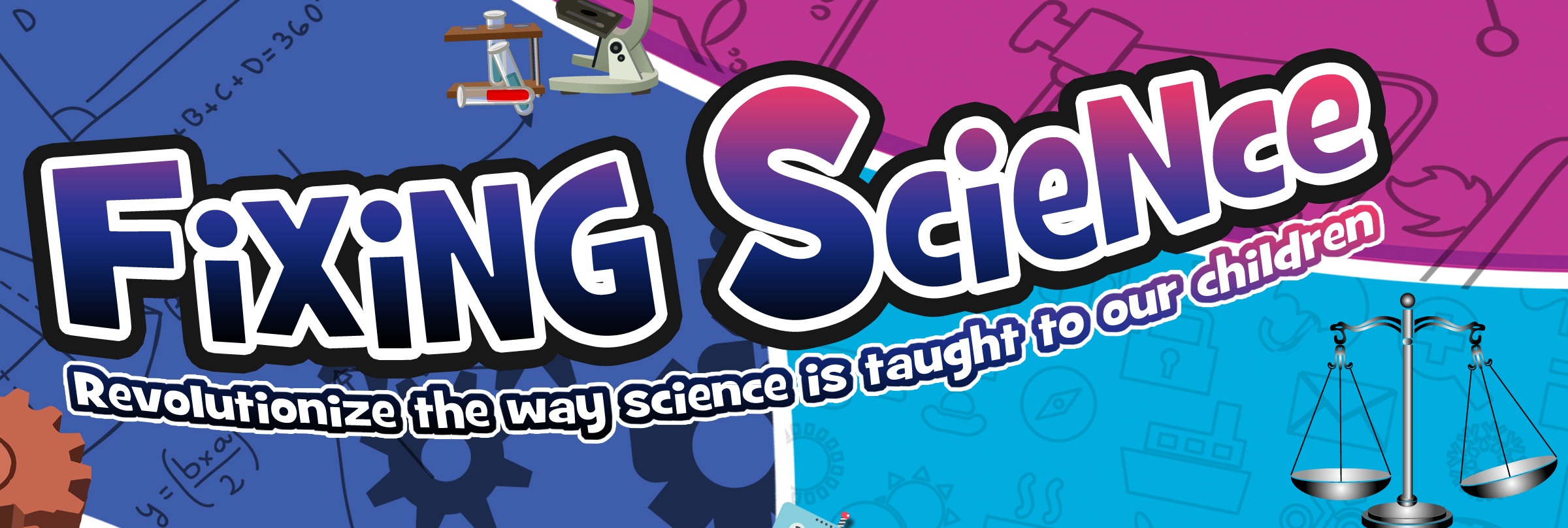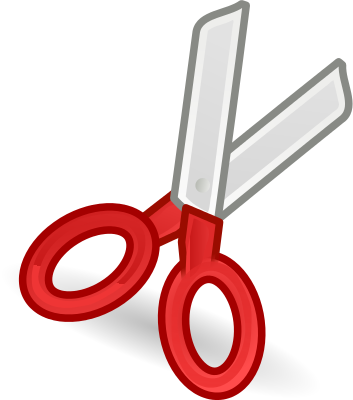Today we are starting a new series of articles under ‘Fixing Science‘. I believe there is a lot to be fixed when it comes to teaching science. Our articles would include current trends in science education as we focus primarily on three major areas:
- 1. Content (What are we trying to teach?)
- 2. Methodology (How are we trying to teach?)
- 3. Assessment (What are we trying to assess?)

Before picking any one of the above we shall talk about the new buzz word called STEM. You may have noticed the term STEM has been used often in education circles and conferences. The acronym is even making headlines. Be it the Chief Scientist, Prime Minister of Australia or the President of the United States, all over the world STEM (Science, Technology, Engineering, and Mathematics) is being publicized as one of the most essential elements for any society moving forward.
What is STEM?
- STEM education is an interdisciplinary approach to learning where rigorous academic concepts are coupled with real-world lessons as students apply science, technology, engineering, and mathematics in contexts that make connections between school, community, work, and the global enterprise enabling the development of STEM literacy and with it the ability to compete in the new economy.(Tsupros, 2009)

Indeed a precise definition, isn’t it? But let me simplify it further by giving an example, a scissor is a form of technology, and for industrial purposes, they really are. They were engineered to solve a problem: how to cut something more precisely. Science will help me decide which element or alloy to use by telling the material properties. Mathematics, on the other hand will help me in the process of making it from size to shape.
Unfortunately, most of the time the new terms are first picked up by the commercial entities. Yes! I mean, the startup companies, the publishers, and the salesman in the world of education. They come up with a product (a kit, software or even a book) and keep associating it with fancy labels. Beware of the robotic companies selling themselves in the name of STEM. Remember using an electronic whiteboard during a lesson or allowing devices in the classroom has nothing to do with STEM unless they are used conceptually.
It would be great if our educators would teach things encompassing all these elements, interconnecting subjects, performing hands-on activities or working on real models and projects. But are we ready to do the extra work? Do we have the expertise? Or we are waiting for our governing boards to force upon us? are some of the questions one has to answer before moving ahead. If you still wish to walk the extra mile start reading about ‘Genius Hours’ or wait for the next post.
About the author:
Sahil Sayed is an Educator, Teacher, and Learner. An engineer who understood science and mathematics little better after teaching primary grades for almost 4 years now. Currently heading Science, Mathematics and ICT department at Red Camel International School, India.
Leave a Reply